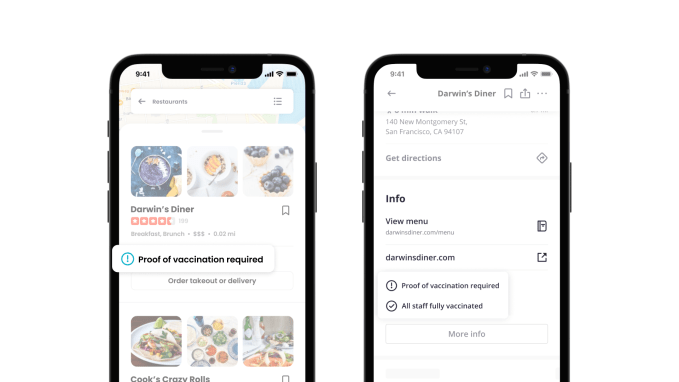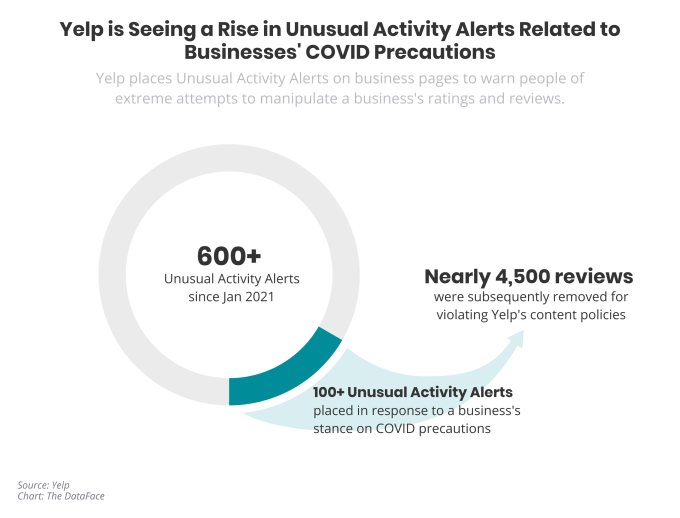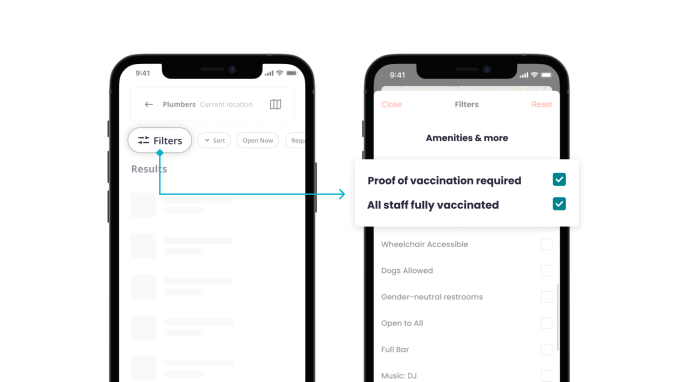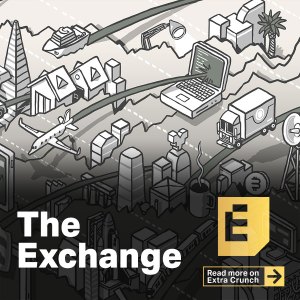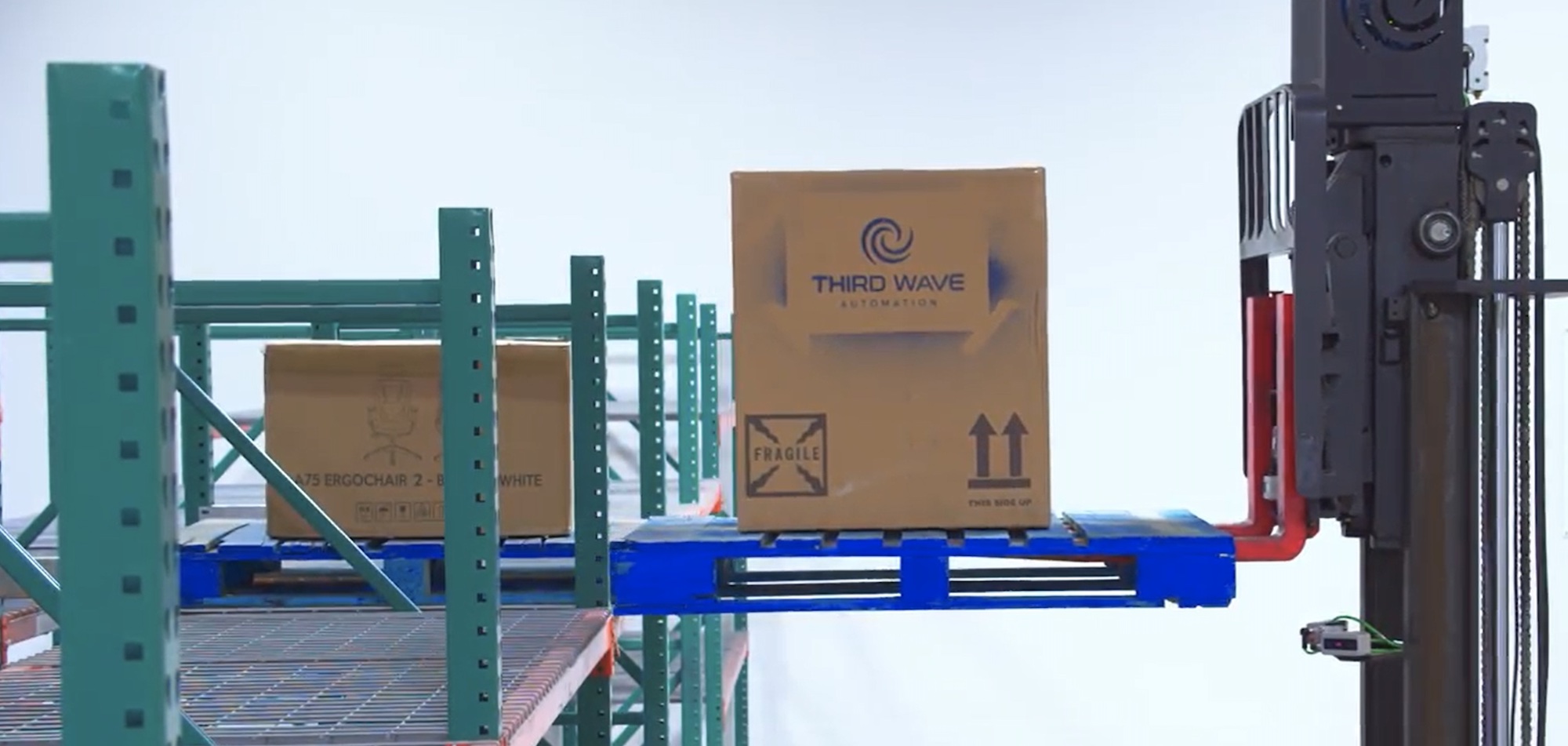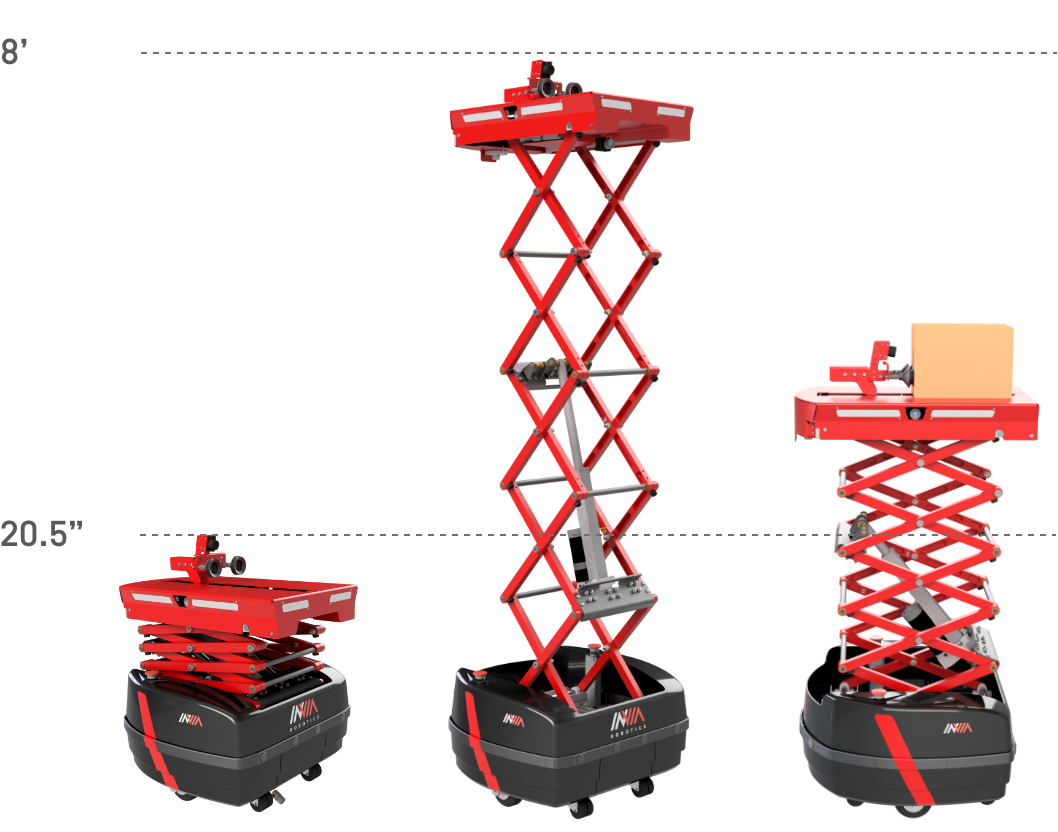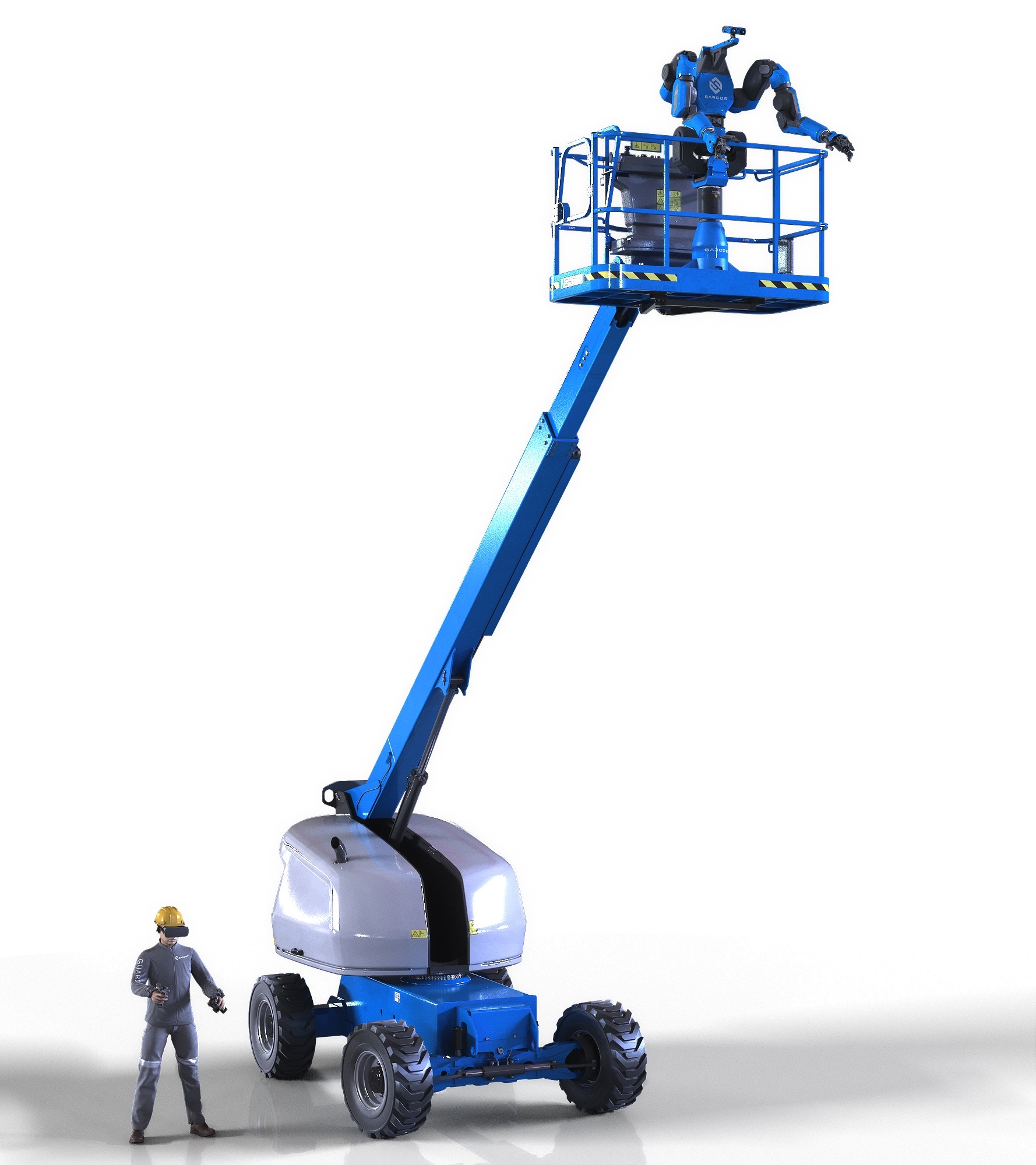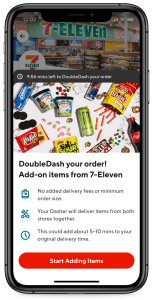- August 5, 2021
- by:
- in: Blog
In my journey to the U.S., I became good at three things: accepting uncertainty, building resilience and maintaining a positive mental attitude. I needed them all to get my startup off the ground.
Mustafa Bayramoglu
Contributor
Mustafa Bayramoglu is the founder and CEO at
Preflight. Previously, he was the software architect and the first engineer at
ShipBob.
I was four years old when my dad first showed me a computer. I immediately asked him if we could take it apart to see how it worked. I was hooked.
When I learned that Windows and Mac were based in the United States, I was 10. Since then, I’ve wanted to come here to launch my own tech business.
What I didn’t realize back then was that the first half of that dream — coming to the U.S. — would provide me with essential training for realizing the second half — launching a business.
As it turns out, the behaviors, attitude and mindset required to traverse the U.S. immigration system are many of the same ones required to navigate the uncertain waters of entrepreneurship.
The behaviors, attitude and mindset required to traverse the U.S. immigration system are many of the same ones required to navigate the uncertain waters of entrepreneurship.
In 2019, I launched Preflight, which makes smart and fast no-code test automation software for web applications. One big reason the business currently exists is that, in my journey to getting asylee status in the United States, I became really good at three things: accepting uncertainty, building resilience and maintaining a positive mental attitude.
I needed them all to get Preflight off the ground.
The many paths to the U.S. (and launching a startup)
I had my first shot at making my longtime dream a reality when I was applying to college as an undergraduate. I figured if I could go to school in the United States, I could find a way to stay and start a business.
After doing some research, though, I realized that U.S. colleges were too expensive.
But I figured getting out of Turkey, my home country, would be a start. I looked around for affordable schools and saw that France had good options. So I went to France.
Unfortunately, even after three attempts, I wasn’t able to get a student visa. So I headed back to Turkey and went to college there. After graduation, I knew I had a second shot at the U.S.: a master’s degree. I applied to computer science programs and got accepted — a huge win!
I first arrived in Georgia, where I got my TOEFL certification, then enrolled at Tennessee State University, where I got a teaching assistantship.
Keep in mind, to do all this, I had to have the right visas. I needed a student visa for my master’s degree, but if I wanted to work after graduation, I’d need a work visa.
The thing is, though, I didn’t want to work at a “job.” I wanted to start my own business, which requires a different type of visa altogether.
Oh, and there was another factor at play: I was enrolled at Tennessee State from 2014 to 2016, during the lead-up to the election of Donald Trump. So in addition to trying to figure out which visa I could reasonably get, I had to deal with the fact that the rules for visas could all change in the coming months.
These experiences are similar to what many founders deal with every day in the process of launching and running a business.
We don’t know if our products will work or if they’ll find a market. We don’t know how changing regulations might affect what we’re doing. We have no idea when something like a pandemic will pull the rug out from everything we’ve built.
But we keep going anyway. In my experience, the most successful founders are the ones who don’t wait for all the pieces to fall into place — they know that will never happen. They’re the ones who do the best they can with what they have. They trust that they’ll be able to adapt and adjust when things inevitably change.
Which brings me to my next lesson.
Resilience: Hearing “no” as “not yet”
Hearing “no” isn’t fun, especially when that “no” is about something you’ve wanted for more than a decade.
I experienced a lot of “no”s in my immigration journey, as one visa attempt after another failed. If I’d let any one of those failures stop me, I wouldn’t be where I am today — working at my own startup in the U.S.
The lesson I learned was to hear “no” as “not yet.” It’s been invaluable to me in my journey to becoming a founder.
For example: In 2014, while I was in graduate school, I learned about Y Combinator and decided that I wanted to be a part of it. Throughout grad school, I applied and got rejected three times.
The clock was ticking on my student visa, so I decided to shift my tactics. I applied to jobs at companies that were Y Combinator graduates to see what I could learn.
In 2016, I got hired at ShipBob, a Chicago-based company that was in Y Combinator’s Summer 2014 batch. I joined the team as its first full-time developer and the first one based in the States. From there, things changed dramatically.
For starters, I learned a lot. In my time with ShipBob — just two and a half years — we grew from 10 people to more than 400. I built two apps and applied to Y Combinator twice more and got rejected both times.
But in my work growing and leading a team of developers, I saw a need for a product that didn’t yet exist: a smart, fast, no-code test automation tool.
My team was spending way too much time building tests for ShipBob’s latest updates to make sure existing functionalities worked when we deployed. But when the code changed too quickly, our tests were outdated. It was incredibly frustrating.
Then we hired two quality assurance engineers and it took them four months to get 10% automated test coverage.
These problems led me to an aha moment: I could build a company to address this. A tool that is fast in test creation and can adapt to the UI changes.
That company is Preflight, and it’s the one that finally got me admitted to Y Combinator in the Winter 2019 batch. I was ecstatic when I heard that we’d been accepted. But then I realized that I couldn’t actually work on Preflight full time with my current visa status — at least, if I wanted to one day make a salary, I couldn’t.
And that brings me to my next point.
Maintaining a positive mental attitude as you face (many) challenges
My professional life wasn’t the only thing that changed dramatically while I was at ShipBob. My immigration status also evolved.
ShipBob applied for and got me an H-1B visa, which made me eligible to work in the U.S.
But when I got accepted to Y Combinator on my sixth application, I knew I needed an alternative: If I left ShipBob to run Preflight, I would lose my H-1B and my ability to work in the U.S.
This kind of conundrum is all too familiar to most startup founders: There’s no new opportunity without a new challenge to accompany it.
So I did what any founder would do: I focused on the positive (I’d gotten into YC!) and dedicated myself to figuring out a different way to stay in the country.
First, I tried to apply for the EB-1 visa, but the required documentation was too burdensome. I don’t think any founder could prepare for that application without several months of preparation.
Then I tried the O-1. No luck.
So I asked ShipBob if I could take an unpaid sabbatical, which would let me keep my H-1B status while I attended Y Combinator and worked on Preflight. They agreed. My brothers, who had both moved to Chicago and started working at ShipBob (you’re welcome, guys!) agreed to support me (thanks, guys!).
Finally, I had a solution that worked — but only for the time being. If Preflight was successful, I’d have to find a different way to stay in the country.
Transferring my H-1B to Preflight wouldn’t work, in part because it would require me to yield 70% to 80% ownership to my co-founder and agree that he could fire me at any time.
But there was another option I’d been reluctant to lean on: asylee status. In 2016, there was an attempted coup in Turkey (that’s the official story, anyway). I won’t get into the political details, but my family and I were supporters of the movement blamed for the attempt. As a result, we were at risk of imprisonment if we stayed in Turkey — and eligible for asylum status in the U.S.
I applied, but hoped that I’d land a work visa in the meantime, partly because asylum status can take years to get approved and partly because there was no telling whether the current administration would change the rules to make me ineligible before my status came through.
When I got accepted to Y Combinator, my asylum status was pending. When my initial sabbatical from ShipBob ran out, it was still pending. I asked for an extension and got it (thanks, ShipBob!). A few months later, I figured I could not get the visa sorted. I wanted to focus on my business and use asylum-pending status, which would give me work authorization for two years. I was therefore able to work on and take a salary from Preflight.
Putting it all together
My asylum was granted early this year, four years after applying. Getting asylee status was a big win because it meant I could realize my dream of running a business in the U.S. So I was, in some ways, at the resolution of my immigration journey — but I was just at the beginning of my journey as a founder.
Right away, I had my first experience applying all the lessons I’d learned in the last six years: We wanted to raise our first funding round. That funding would let me start taking a salary.
All told, we approached more than 100 VCs before we got a yes. But we did get that yes, and we raised a seed round of $1.2 million in September 2019.
It was a big win for Preflight, but it didn’t have the transformational power for the company I’d hoped for. That’s because, after closing our round, we didn’t focus on sales and marketing to the extent that we should have.
After several months of frustrating results, I consulted with my advisers about how to proceed. They offered me insight that seemed obvious once I had it — but that I may not have gotten on my own — which was discussing everything that’s happening internally with the investors. And the outcome was me being the CEO.
In the month and a half after I adjusted course based on my vision, I grew Preflight’s revenue 600% in just about two months.
The only constant is change
The whole startup ethos of disrupting what’s not working to improve people’s lives is based on the premise that the world is constantly changing. The global disruption caused by COVID-19 underscored that in a major way.
Founders who accept that change is inevitable and who embrace uncertainty, develop resilience for when things go wrong, and maintain a positive mental attitude about the ups and (especially) the downs of running a startup will be the ones who succeed for the long haul.
I’ve known since I was 10 that I wanted to run a company in the United States. Given the choice, I would have opted for a much smoother road to entrepreneurship. But what I’ve discovered is that the difficult immigration path I had to follow provided exactly the training I needed to succeed in the challenging role of a founder.

